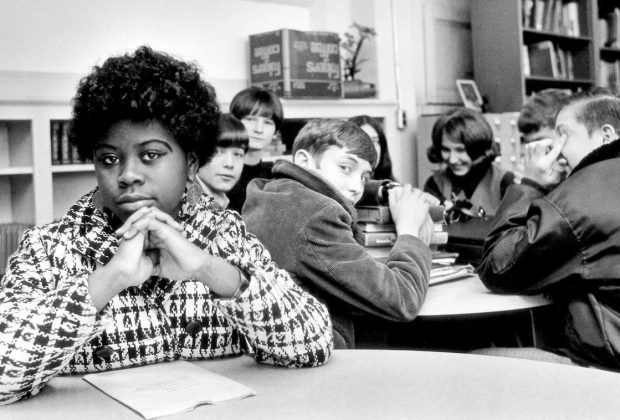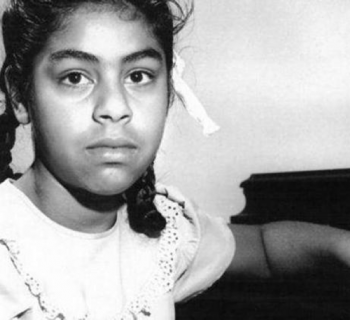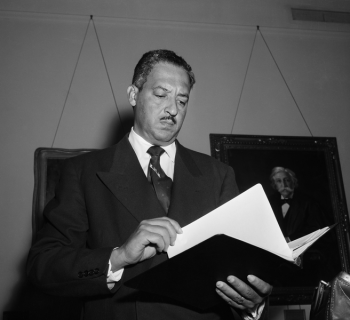As an adult, she continued fighting for civil rights
By Harrison Smith and Ellie Silverman ~ The Lily News ~ March 27, 2018
Linda Carol Brown was raised in Topeka, Kan., and all she wanted was to go to the Sumner School. But she was black, and the elementary school four blocks from her home was segregated, open only to white students.
The family received a registration form for the school in 1952, apparently by mistake. The school’s refusal to accept her led her father — Rev. Oliver L. Brown, an assistant minister at St. Mark’s African Methodist Episcopal Church — to meet with the NAACP.
He “felt that it was wrong for his child to have to go so far a distance to receive a quality education,” Ms. Brown said in “Eyes on the Prize.”
Ms. Brown, a third-grader at the time, went on to become the symbolic center of Brown v. Board of Education, the transformational 1954 Supreme Court decision that bore her father’s name and helped dismantle racial segregation in the United States.
Peaceful Rest Funeral Chapel in Topeka said Ms. Brown, who used the name Linda Brown Thompson, died March 25 at 75. The Topeka Capital-Journal, which confirmed the death with her sister Cheryl Brown Henderson, reported that she was 76. Additional details were not immediately available.
Brown v. Board of Education
The most famous Supreme Court case in American history bore Ms. Brown Thompson’s last name almost by chance. Topeka, a city that was less than 10 percent black at the time of the case, had integrated high schools and had begun integrating its middle schools. Her father was just one of 13 plaintiffs who sought to ensure the city fully integrated the rest of its schools.
He was recruited by the NAACP, which had organized four other class-action lawsuits challenging high school segregation in South Carolina, Virginia, Delaware and the District of Columbia. According to the Brown Foundation, which promotes the history of the case, Oliver Brown was named the lead plaintiff “as a legal strategy to have a man at the head of the roster.”
Packaged together, the suits were successfully argued by an NAACP legal team led by Thurgood Marshall, who later served as a Supreme Court justice. The court unanimously ruled on May 17, 1954, that school segregation violated the equal protection clause of the 14th Amendment.
“Segregation of white and colored children in public schools has a detrimental effect,” the court said in its ruling, which overturned the “separate but equal” doctrine that had stood since the 1896 case of Plessy v. Ferguson. The decision paved the way for a gradual and sometimes violent integration of schools and other public facilities, although many schools in the South — and even in Ms. Brown Thompson’s home town — were not fully integrated for years.
The later life of Thompson
Years later, Ms. Brown Thompson returned to Topeka and took on the civil rights mantle of her father, who died in 1961.
She was part of a group of Topeka parents who, in 1979, joined with the American Civil Liberties Union to successfully argue for the reopening of the Brown case. The parents argued that because of housing patterns in Topeka, racially segregated schools remained in the city, in violation of the 1954 ruling.
“We feel disheartened that 40 years later we’re still talking about desegregation,” Ms. Brown Thompson told The Washington Post in 1994. “But the struggle has to continue.”
She sometimes said that she had little memory of the court case that changed her life, as well as the lives of millions of African Americans across the country. She told the Times in 1961 that she couldn’t remember if she went to court at any point during the case, and that even in Topeka her peers were incredulous that she had played a significant role in history.
When photographers swarmed her classroom after the decision, on the first day of school in September 1954, she said her classmates thought it “was very funny” they were taking pictures of her. When she told them about her role in the court case, she said, “they didn’t believe me.”
Source: Harrison Smith and Ellie Silverman ~ The Lily News






